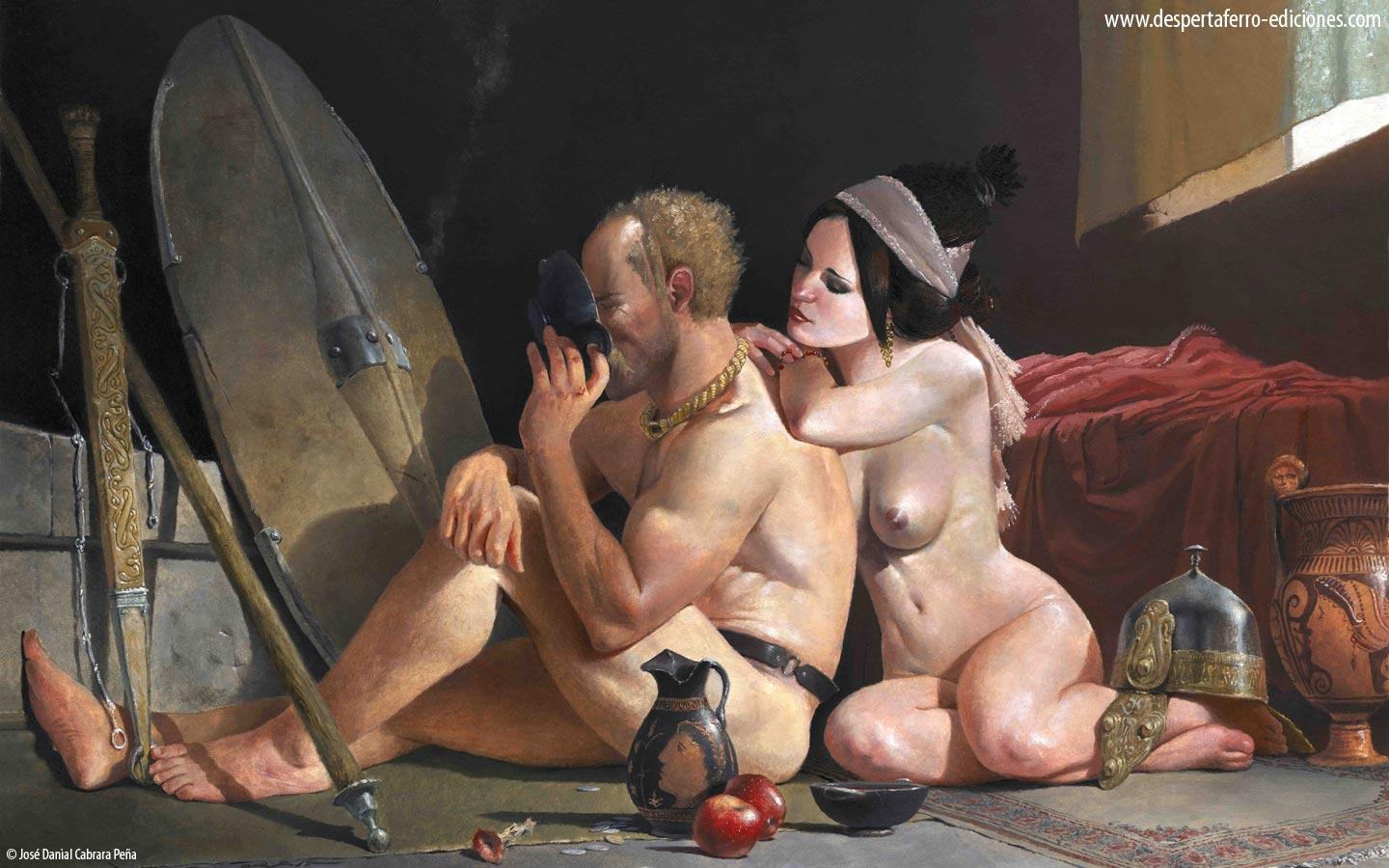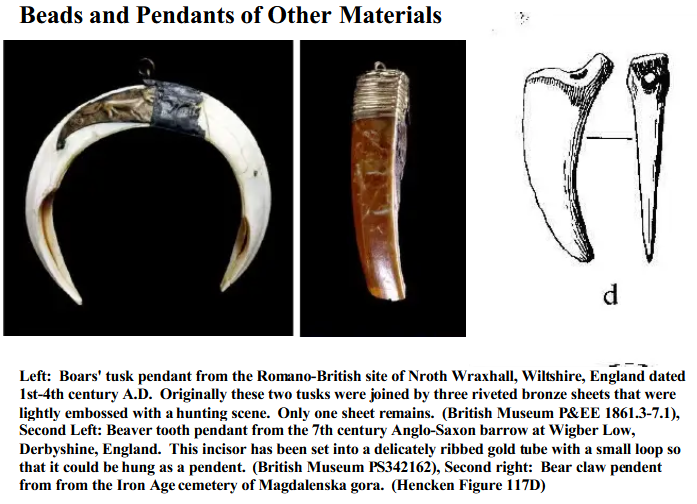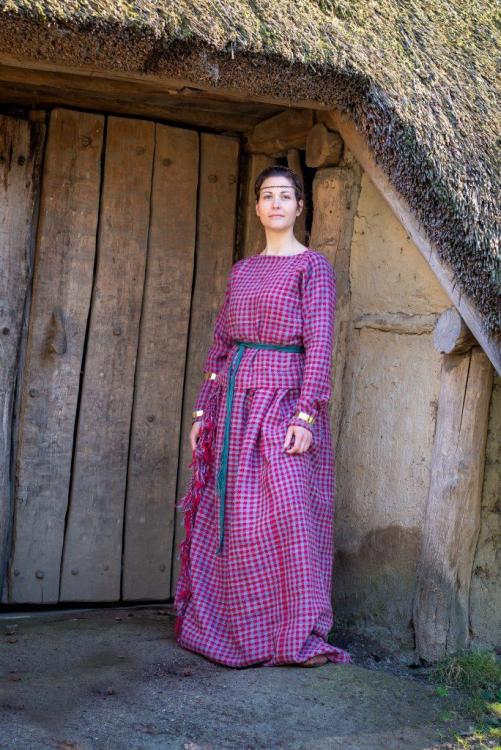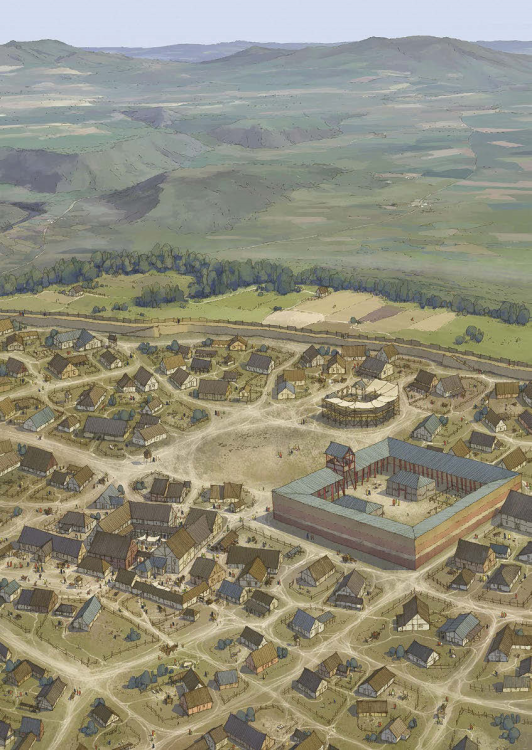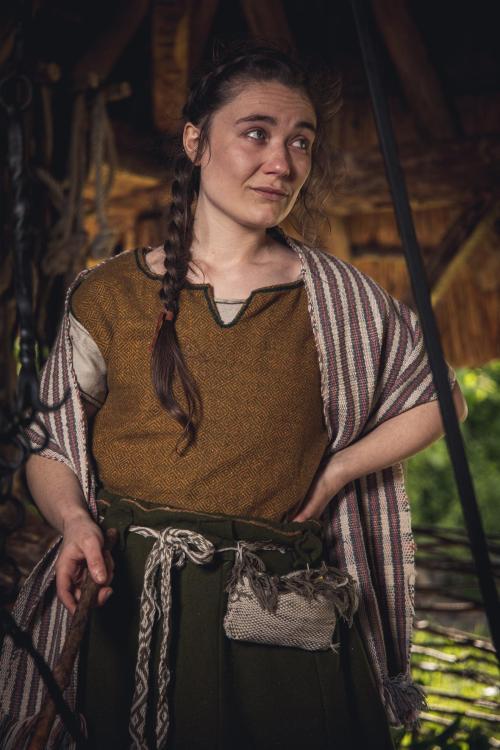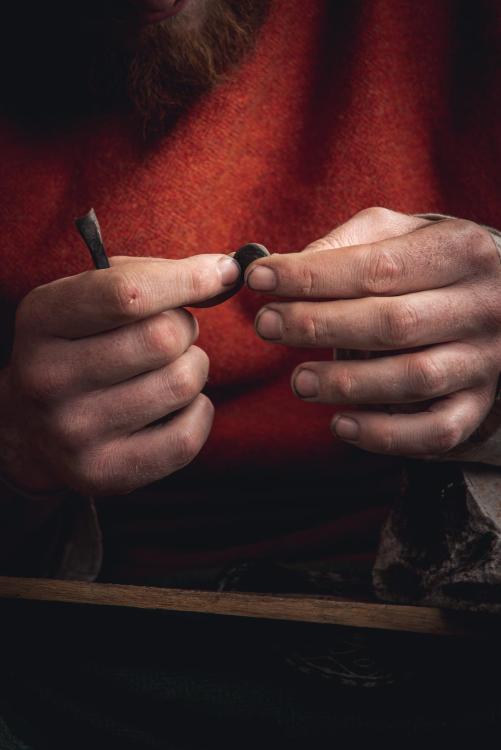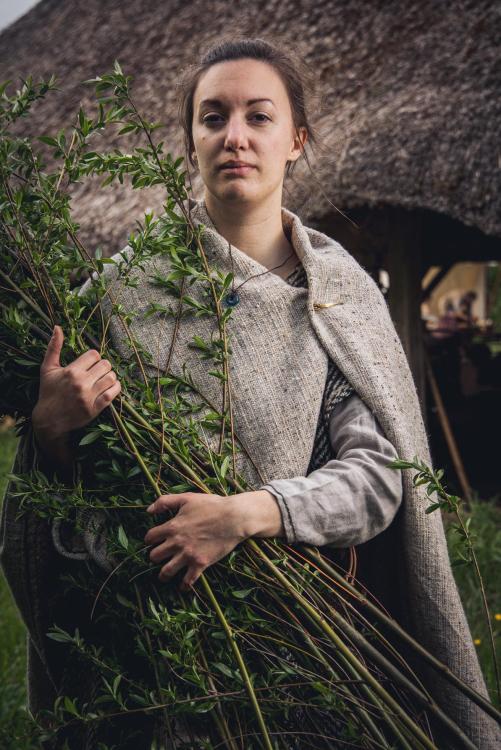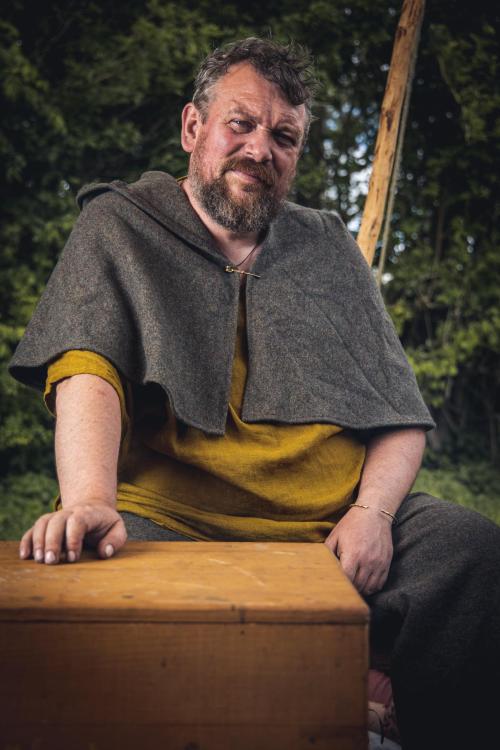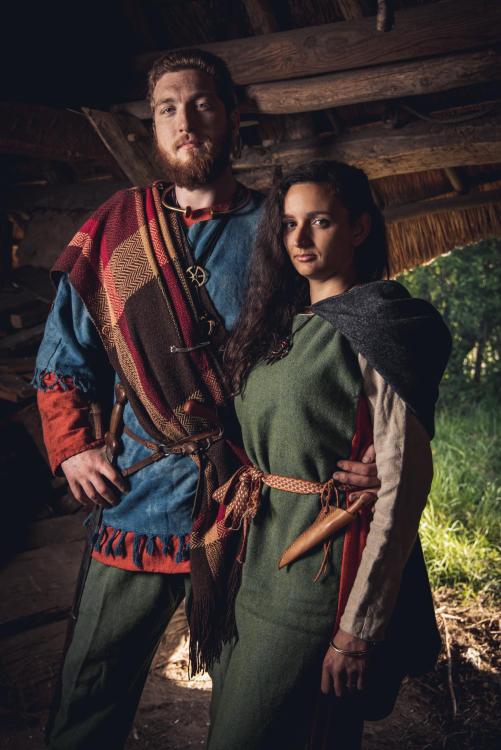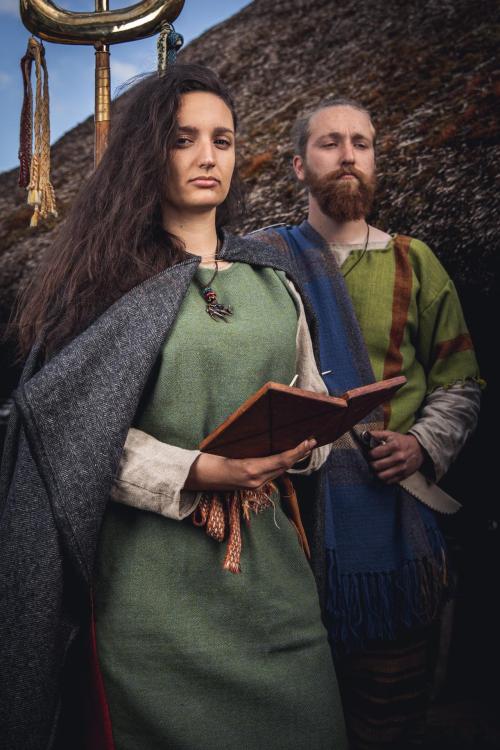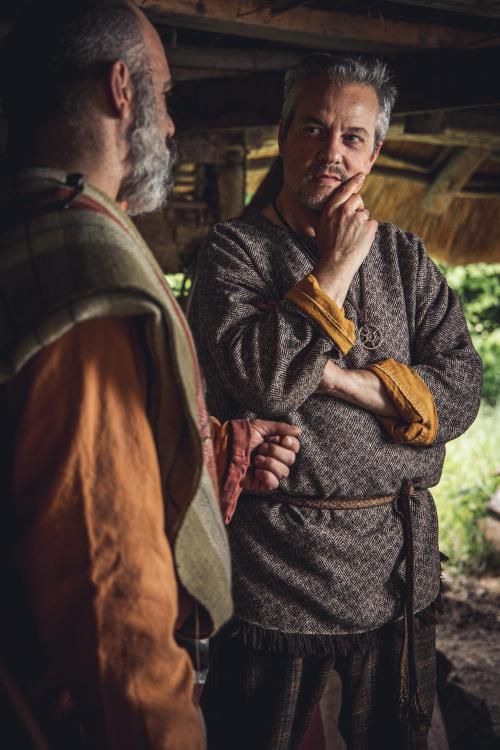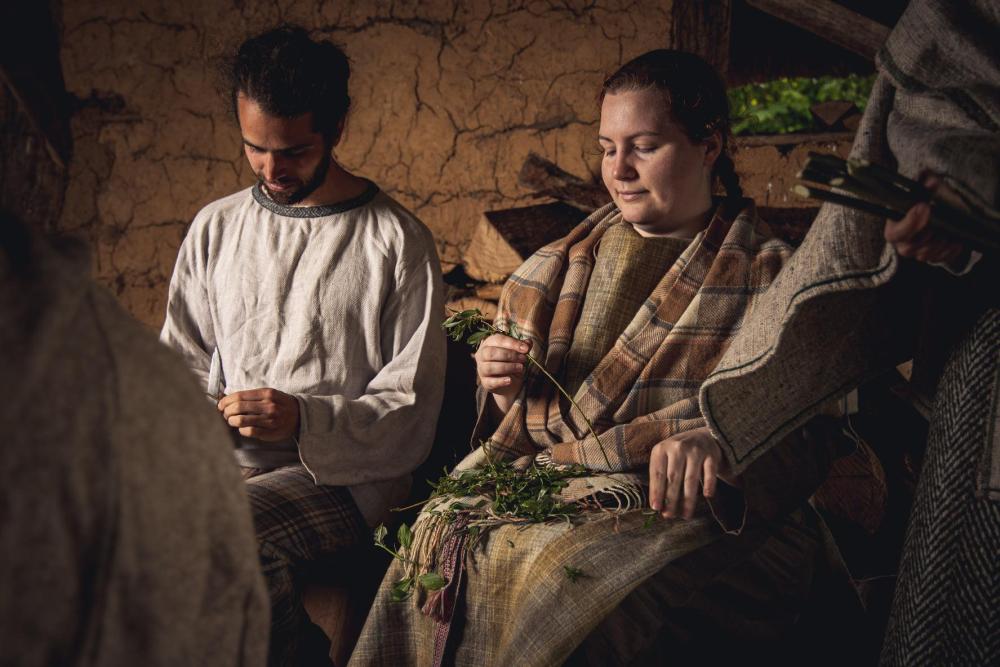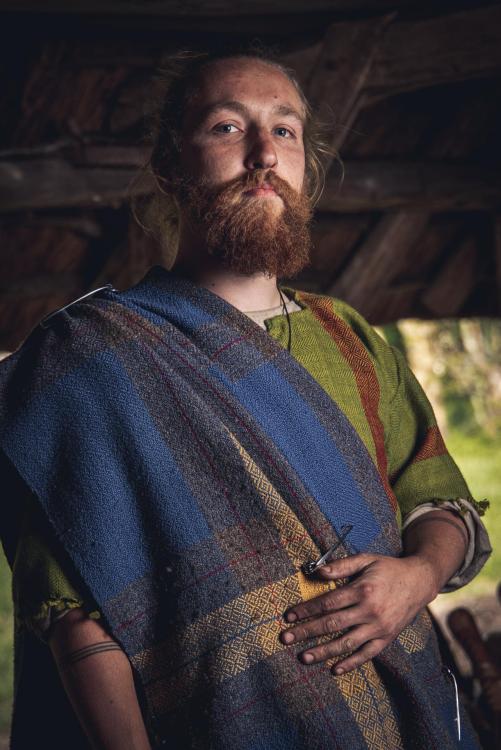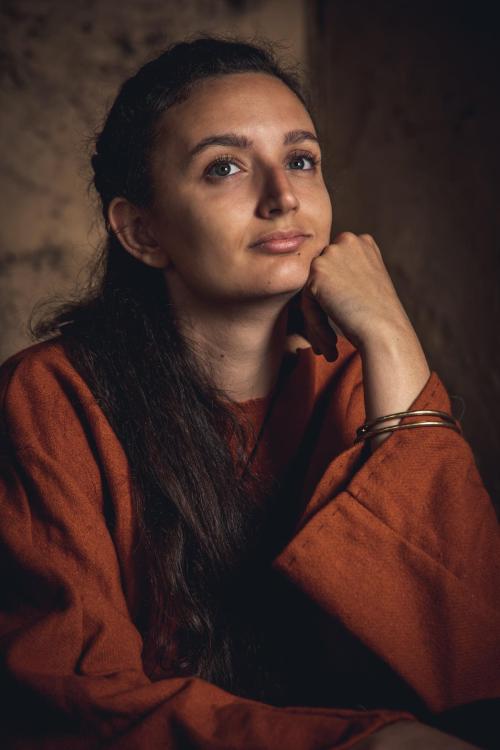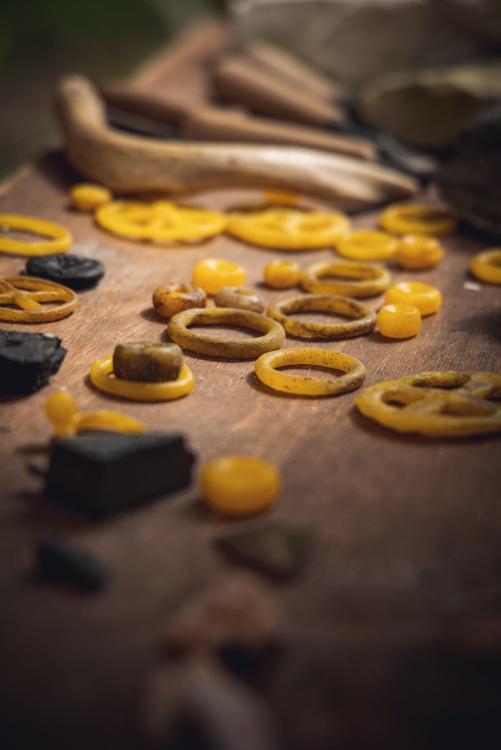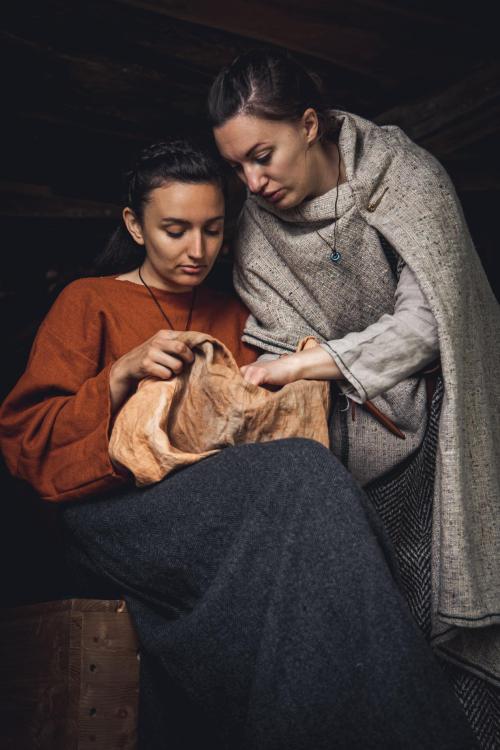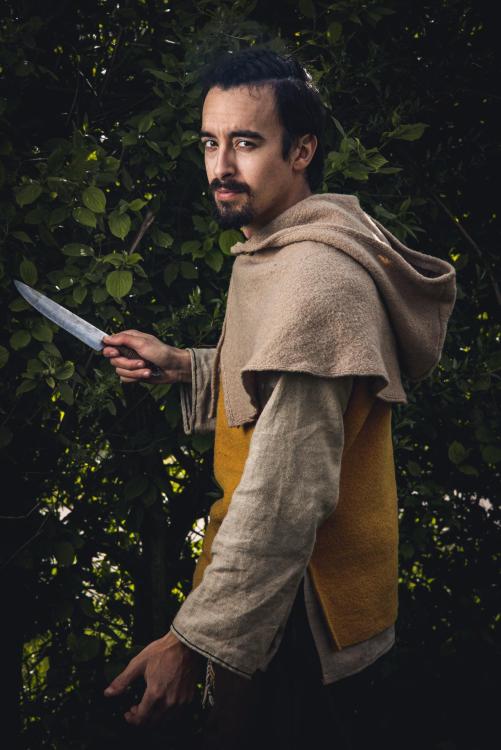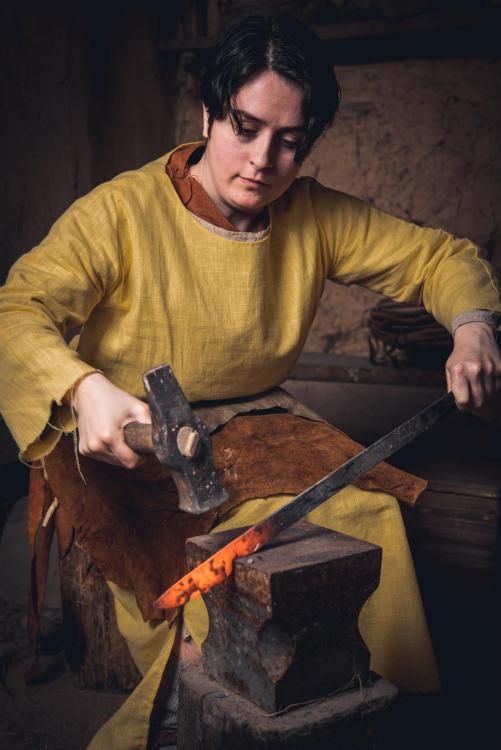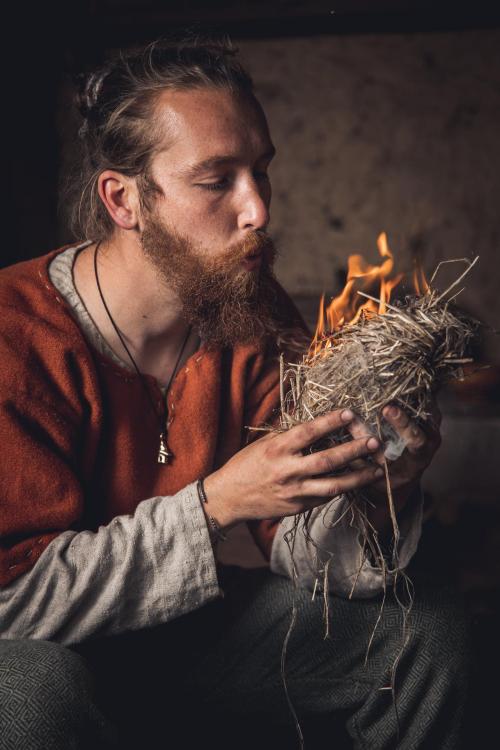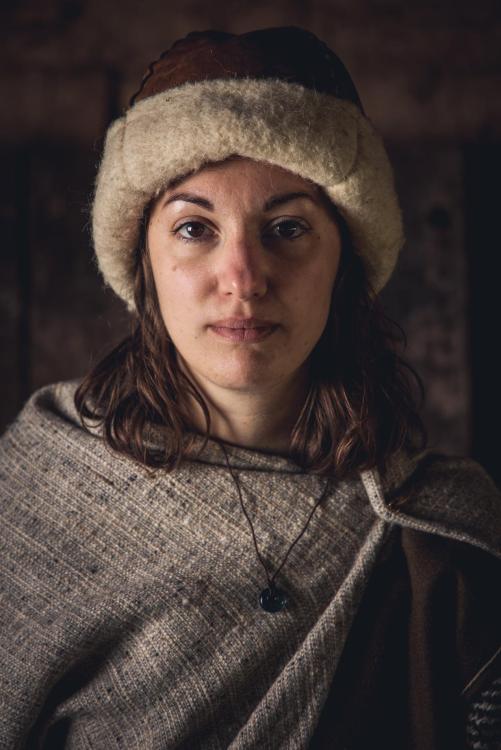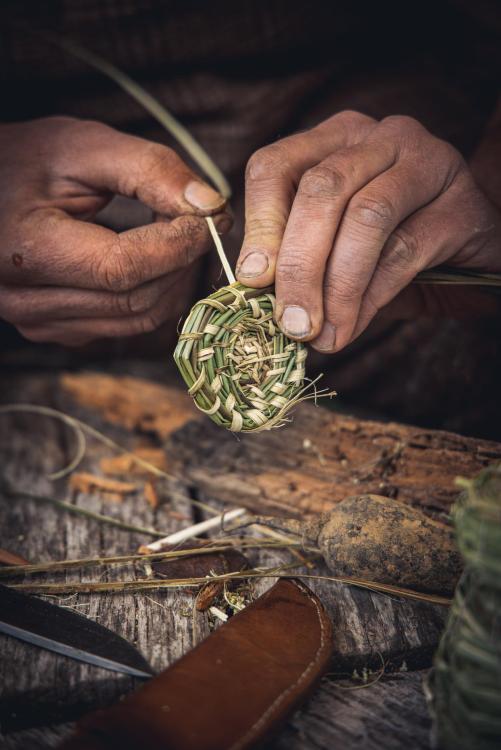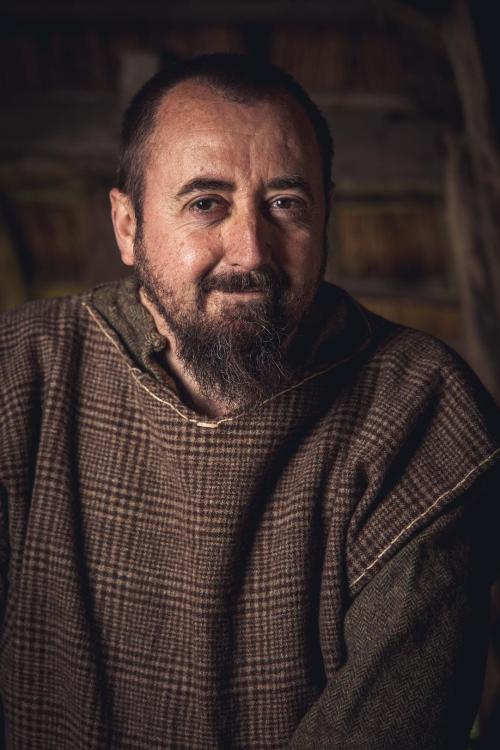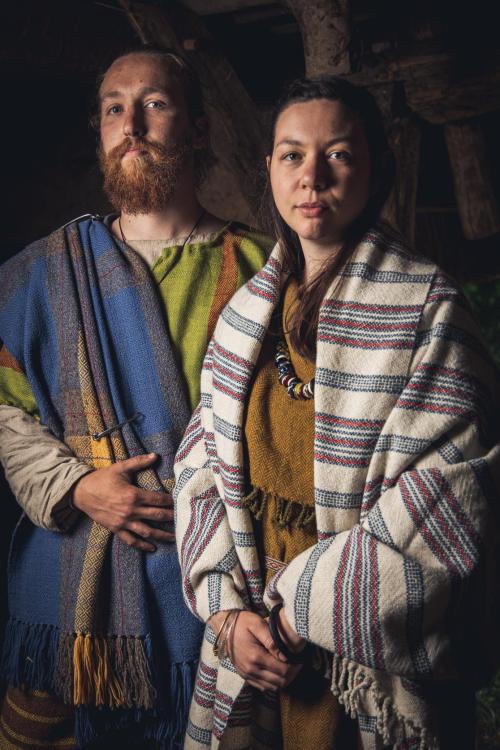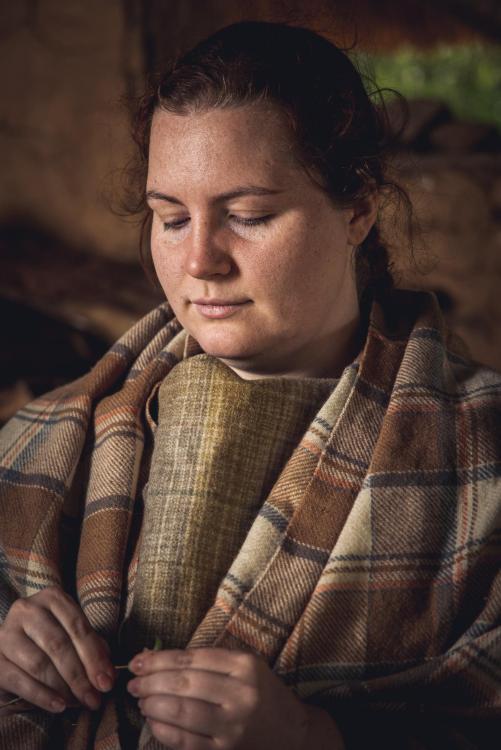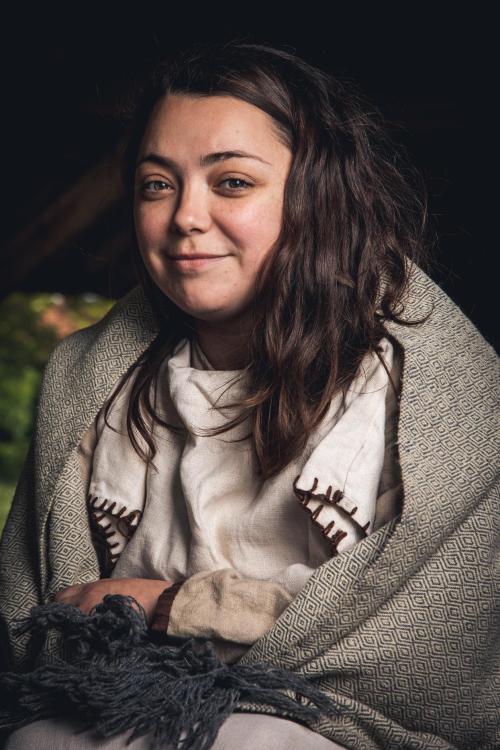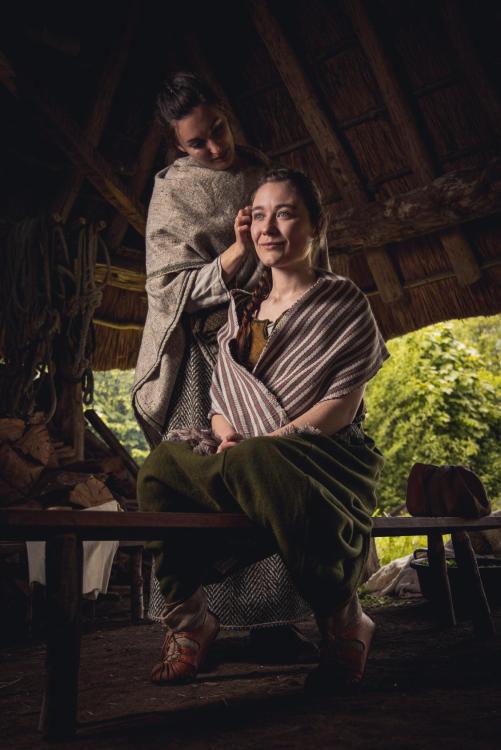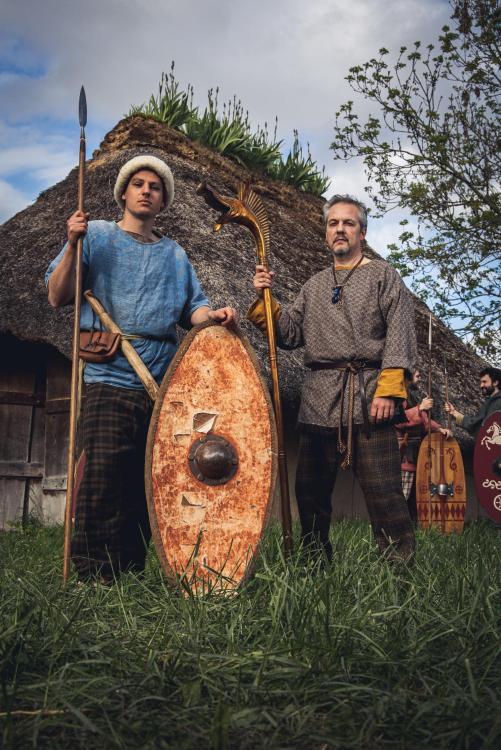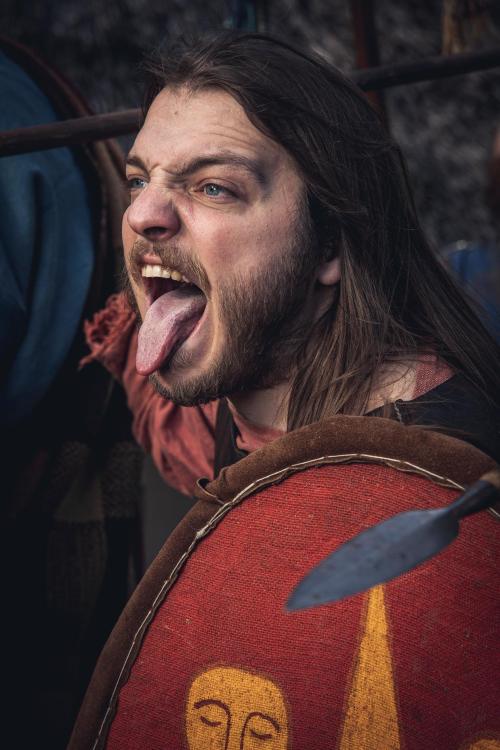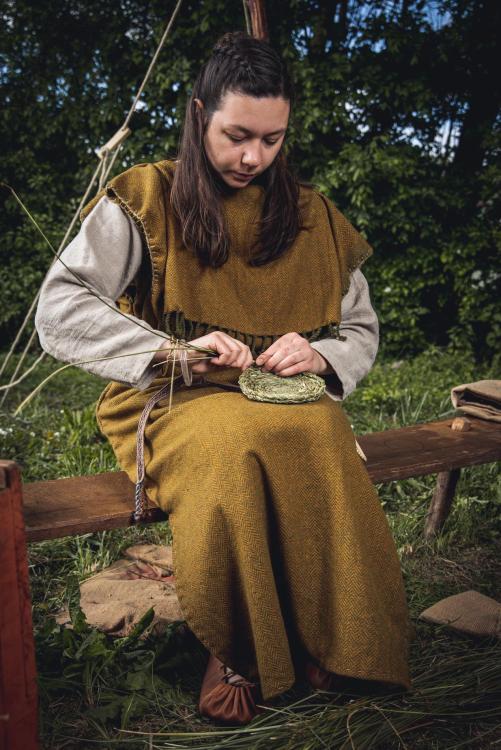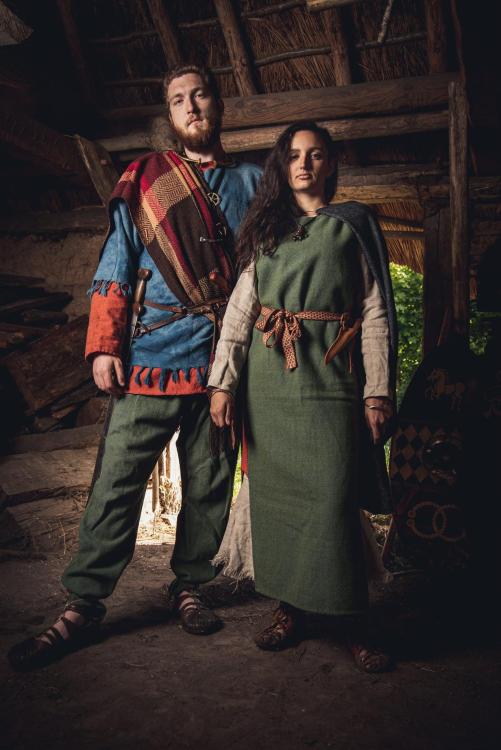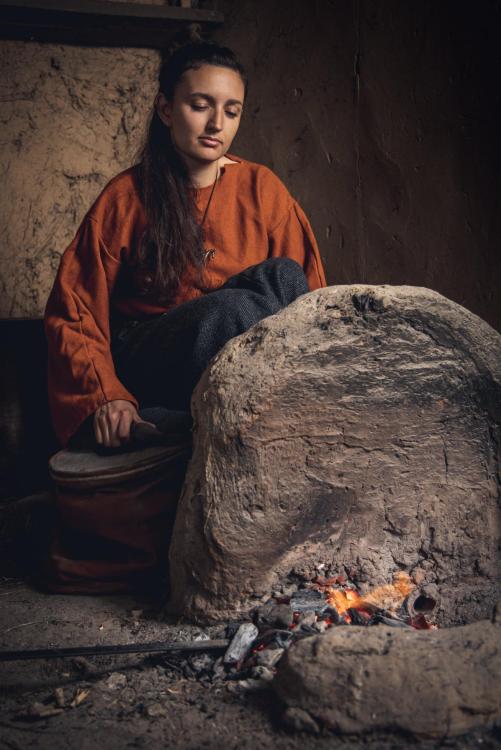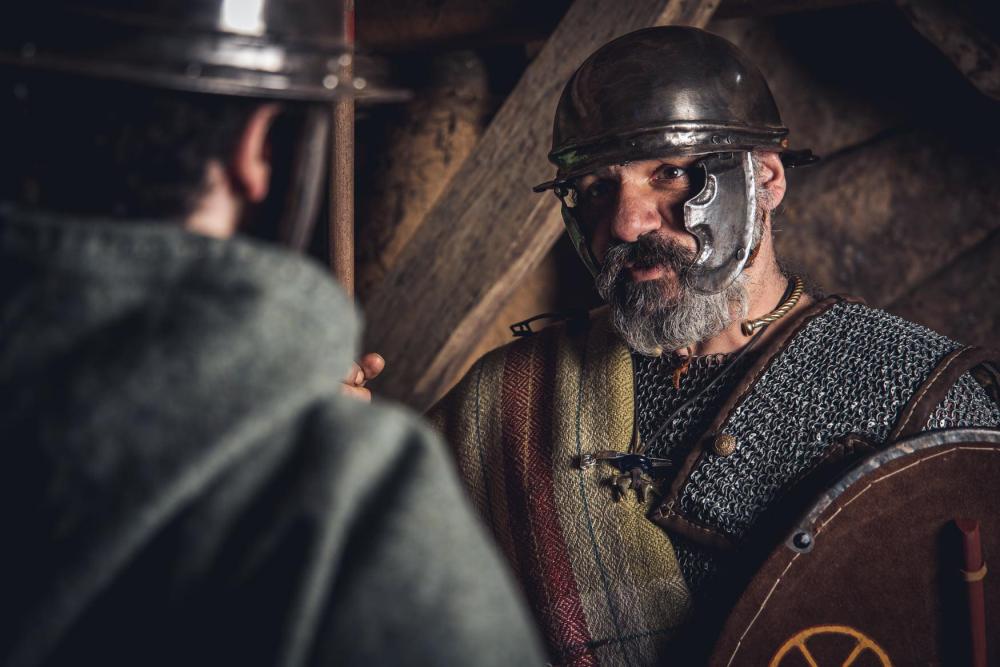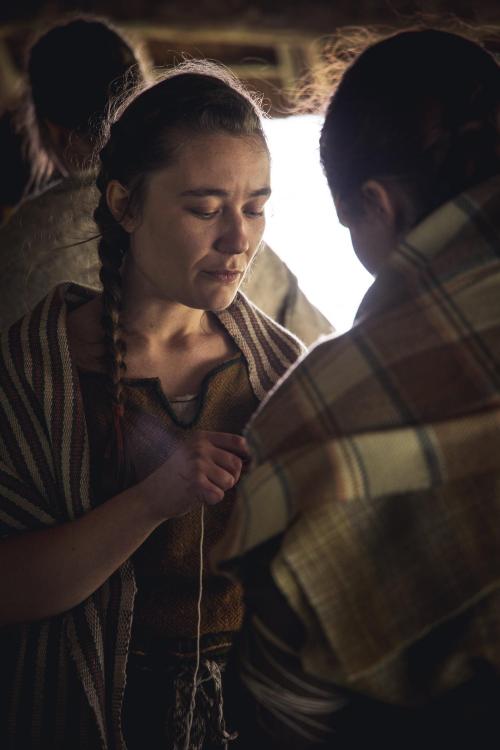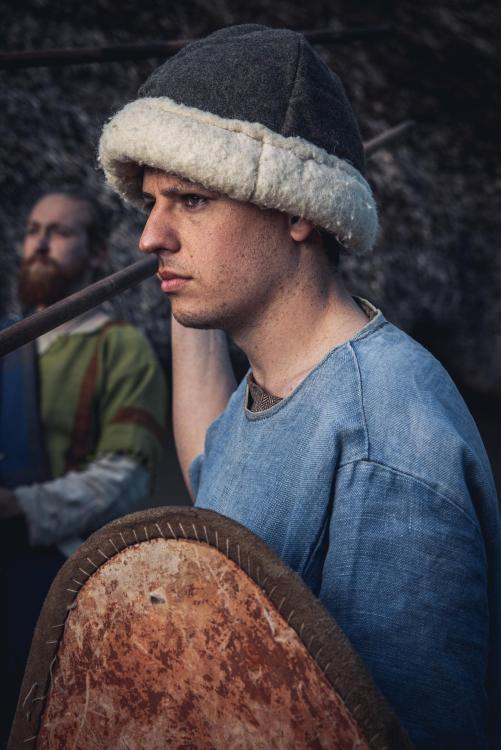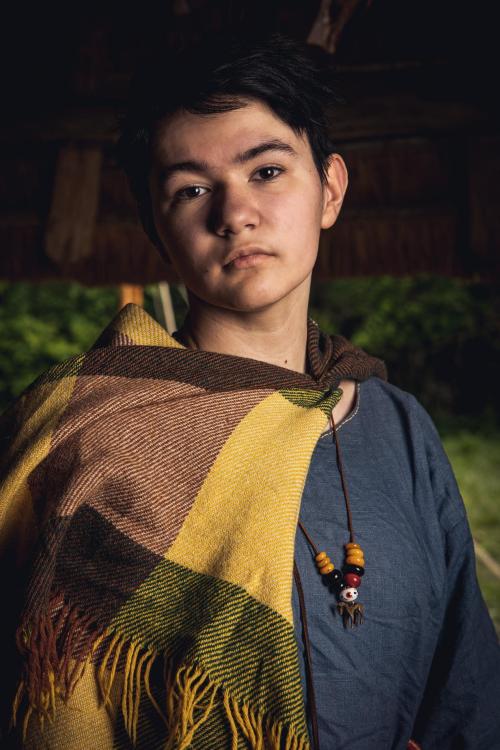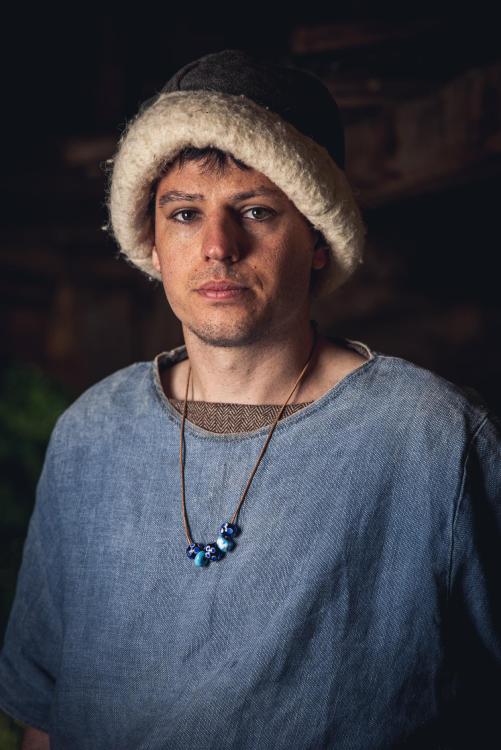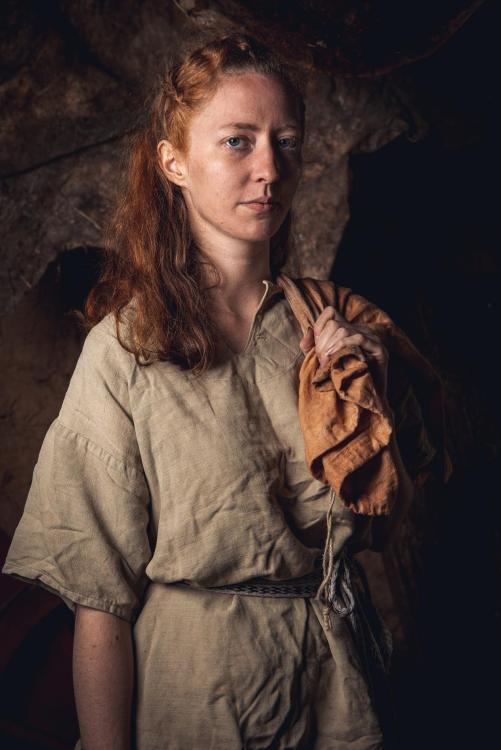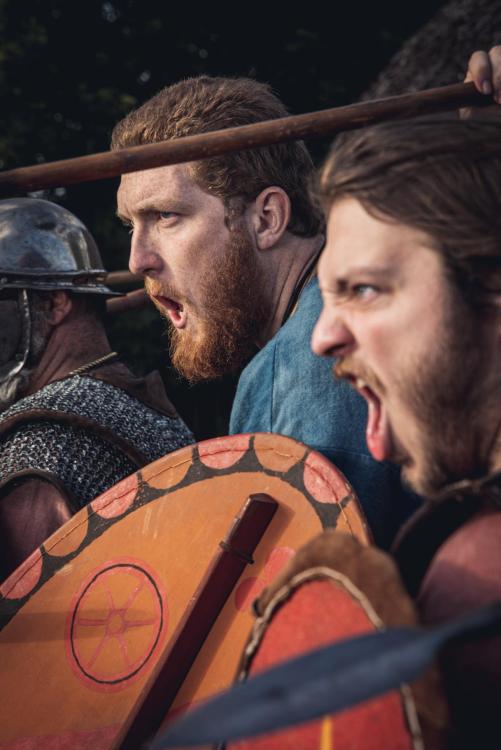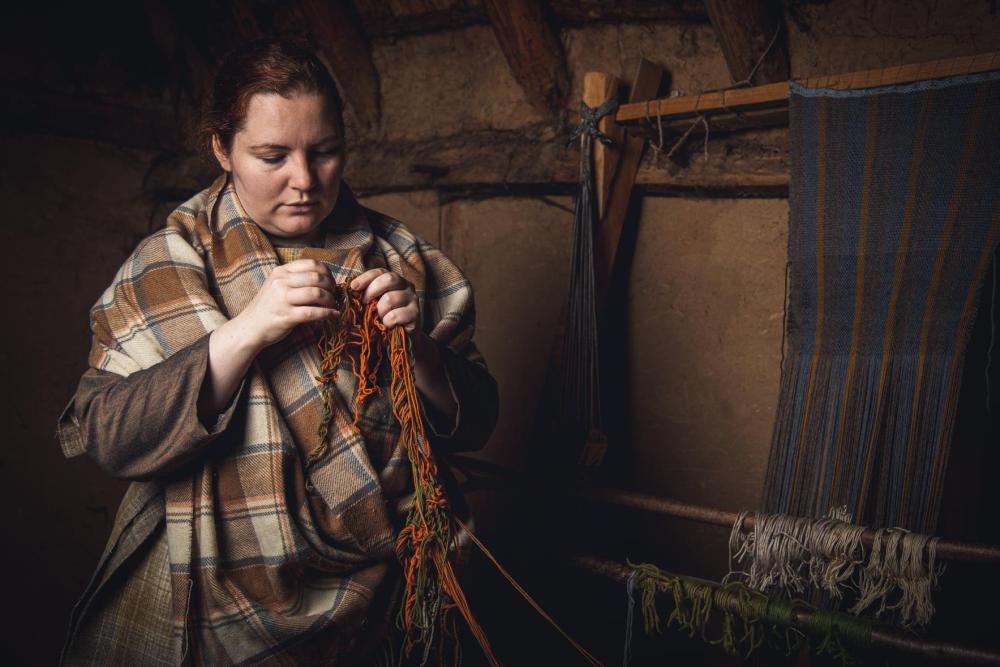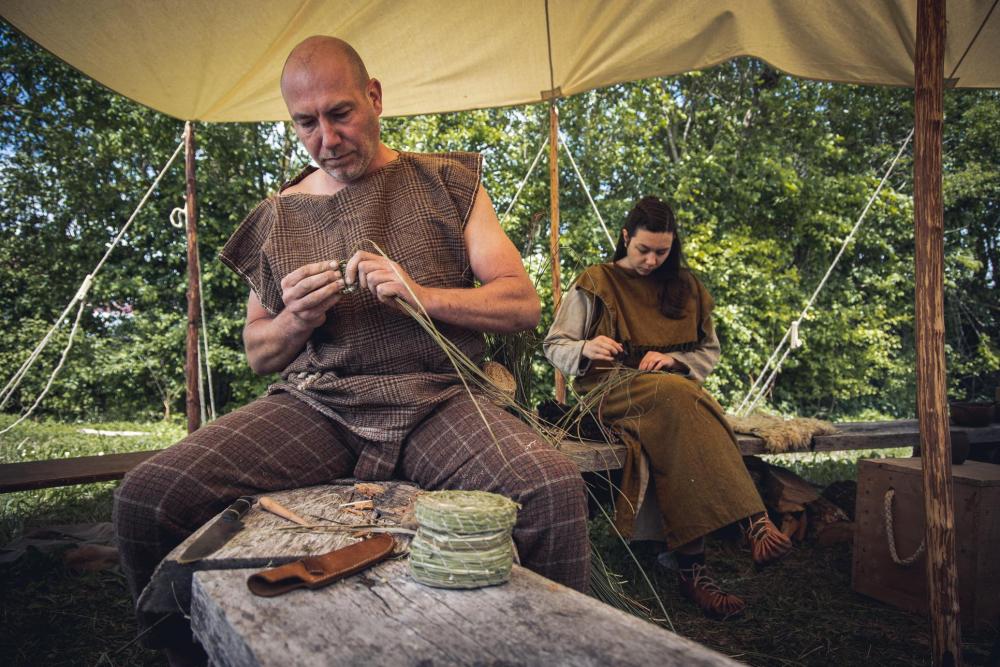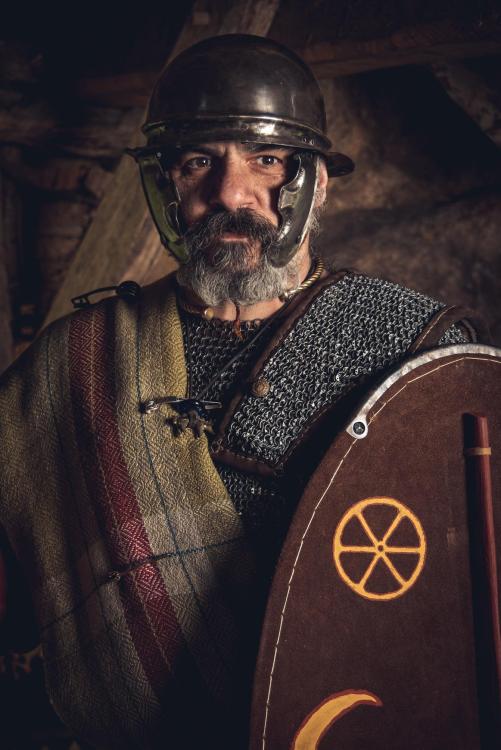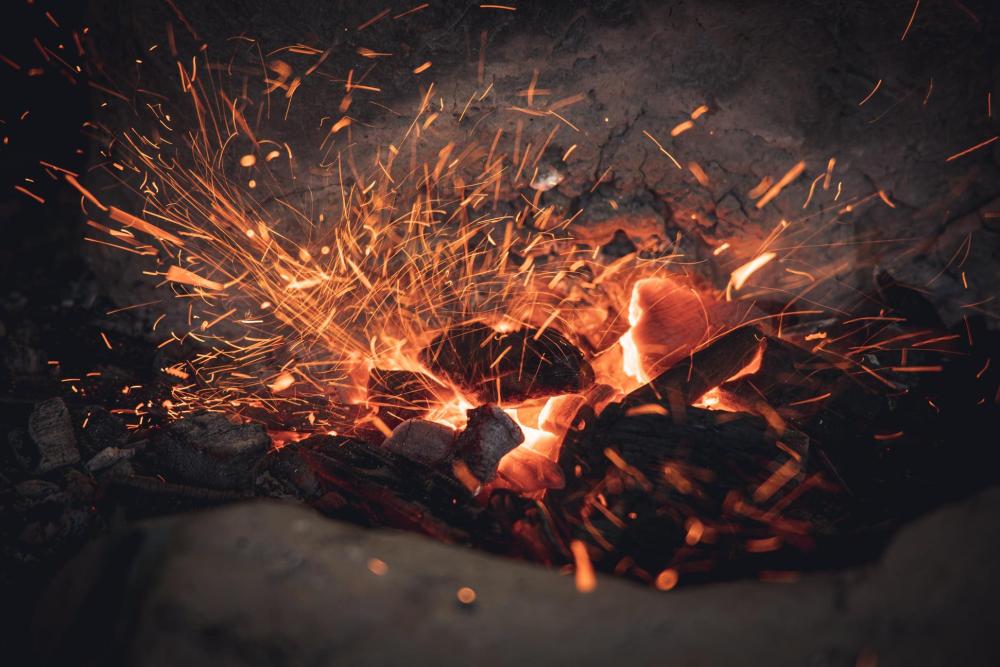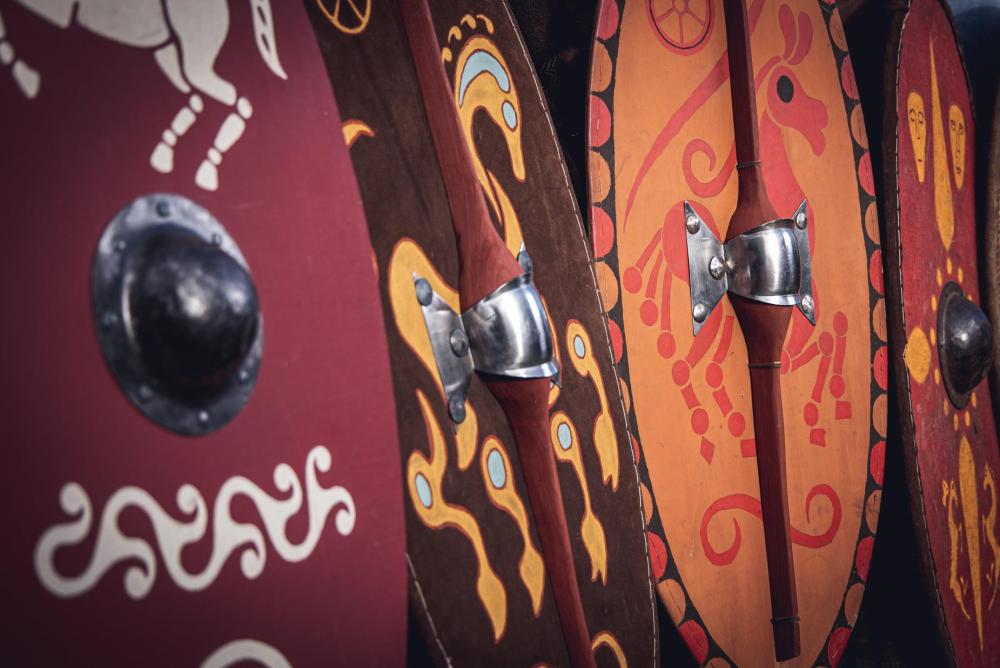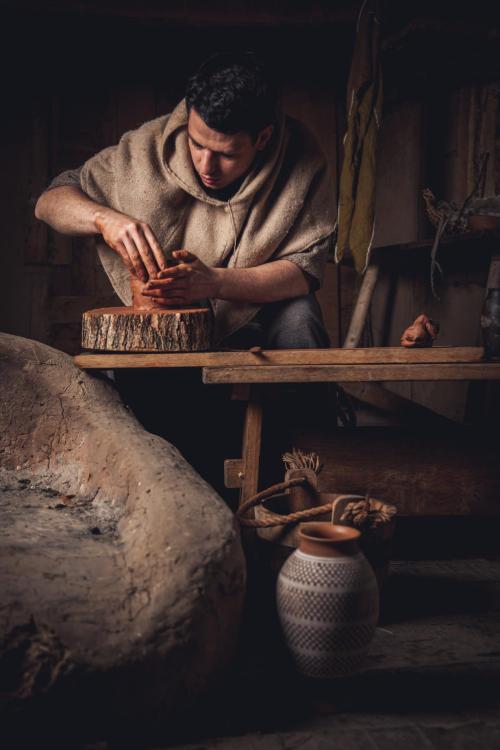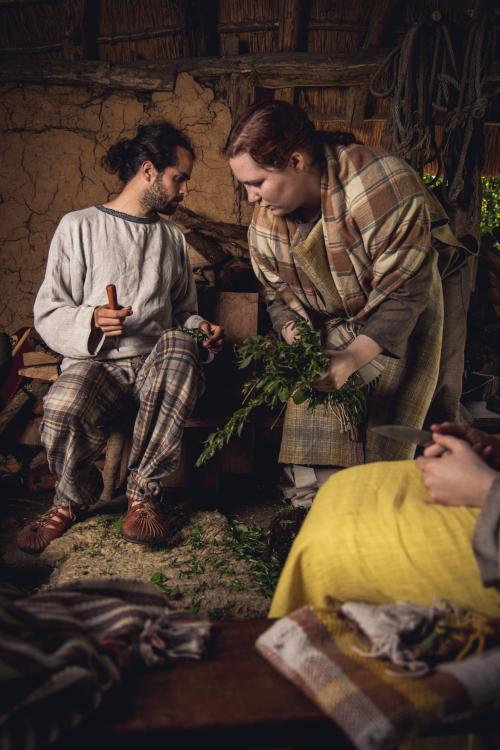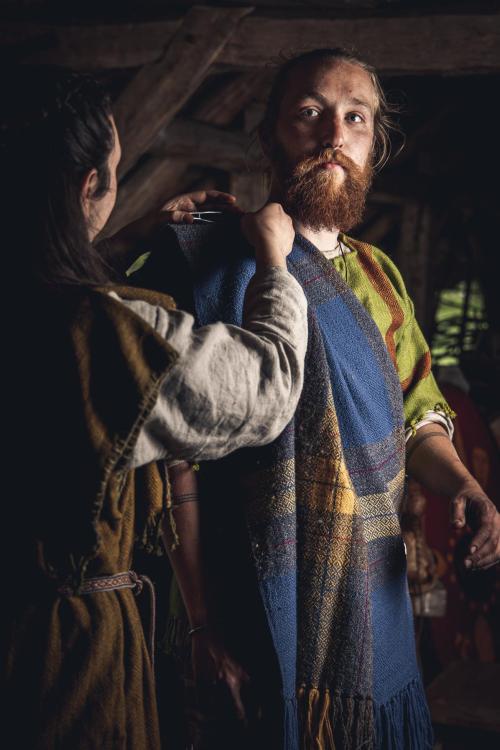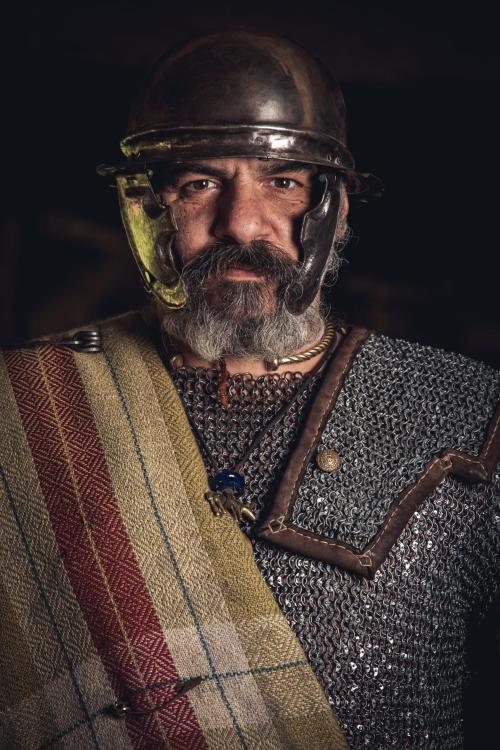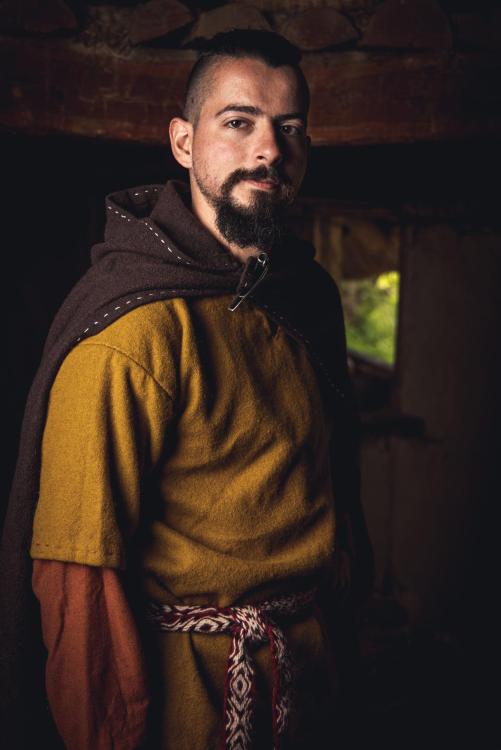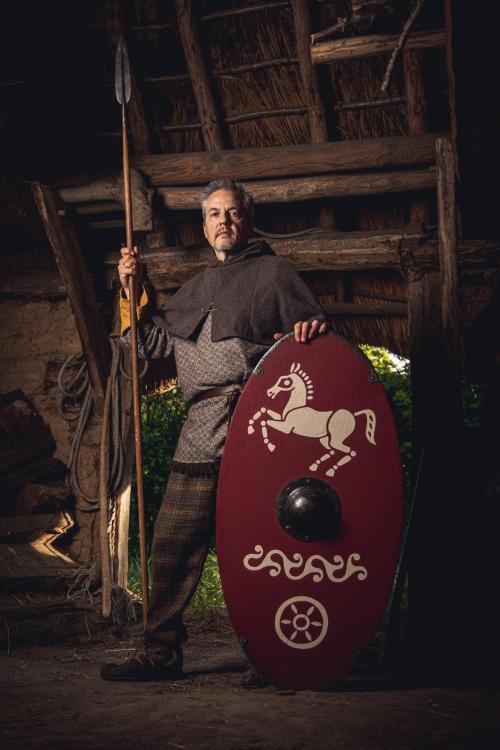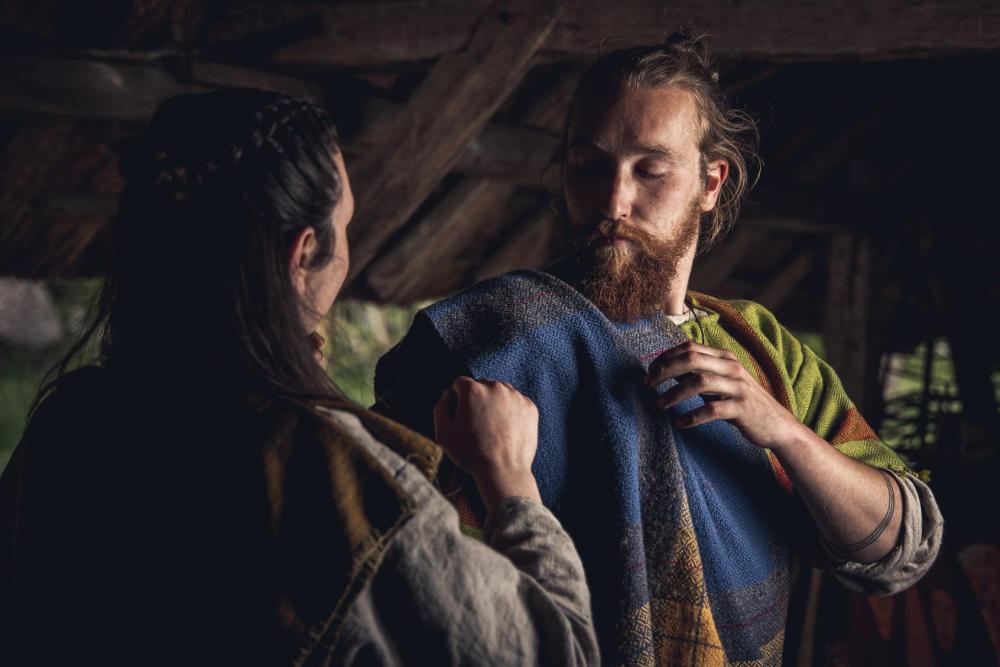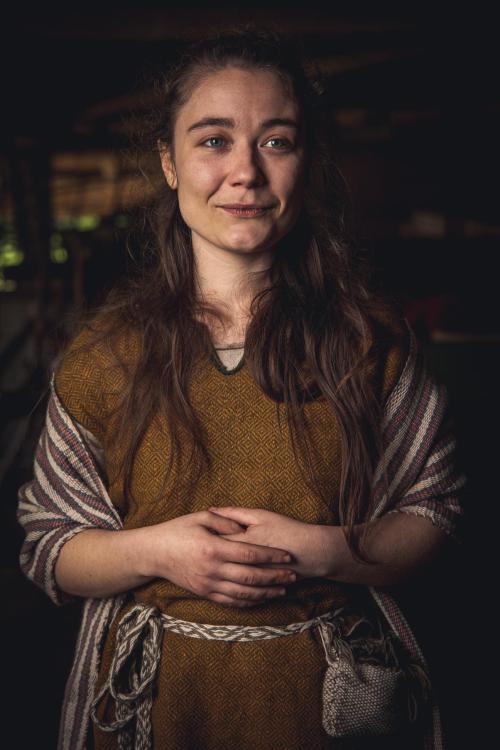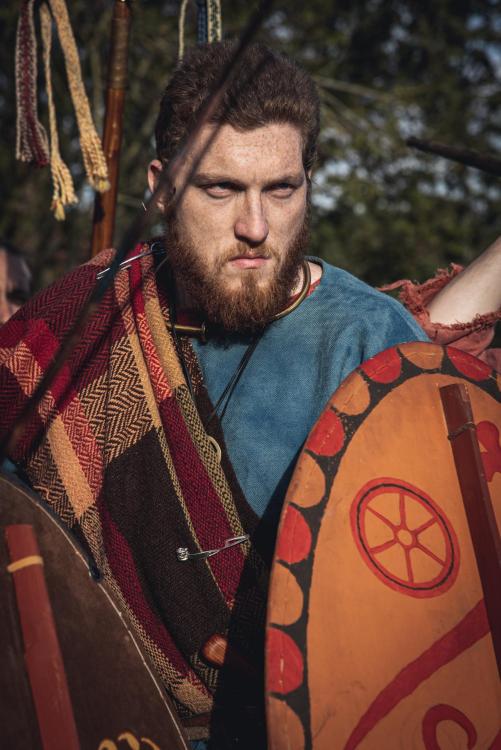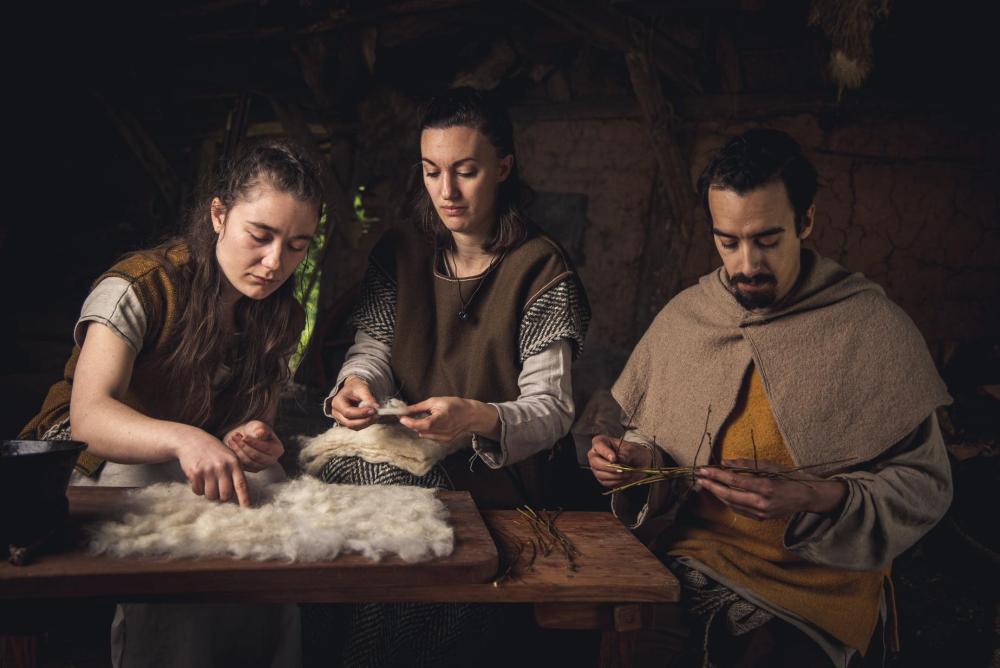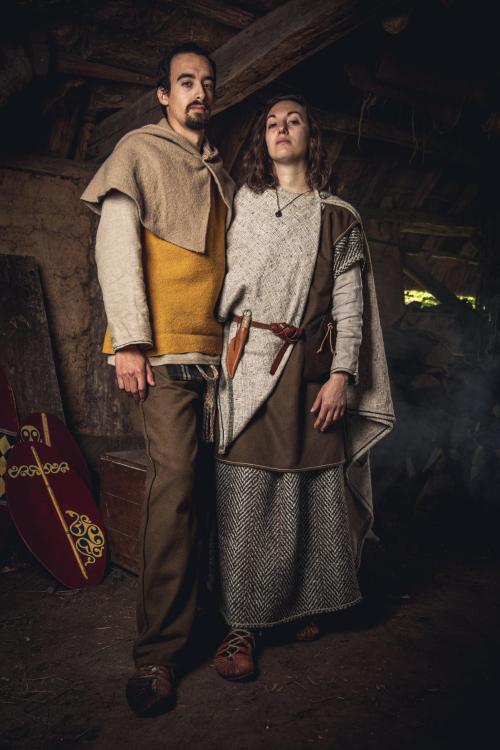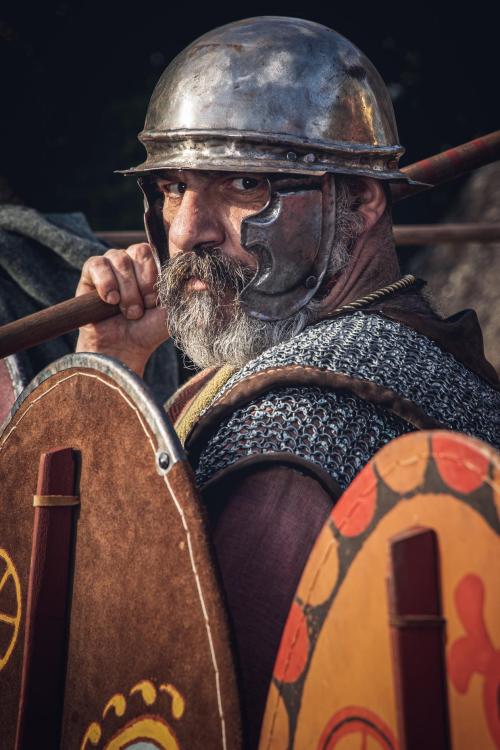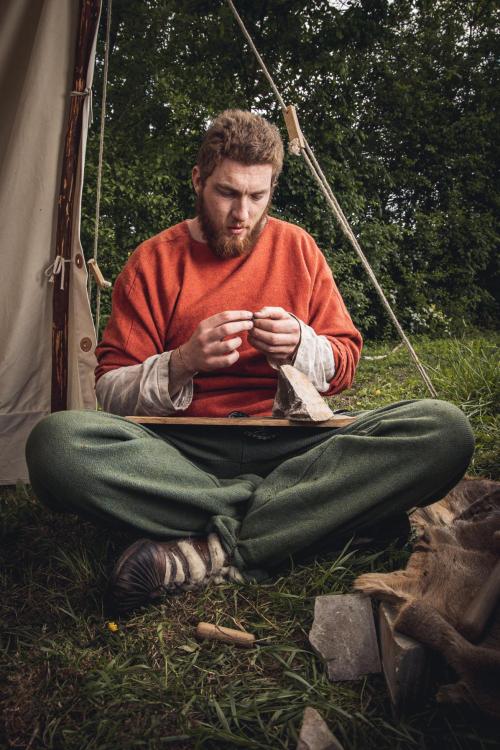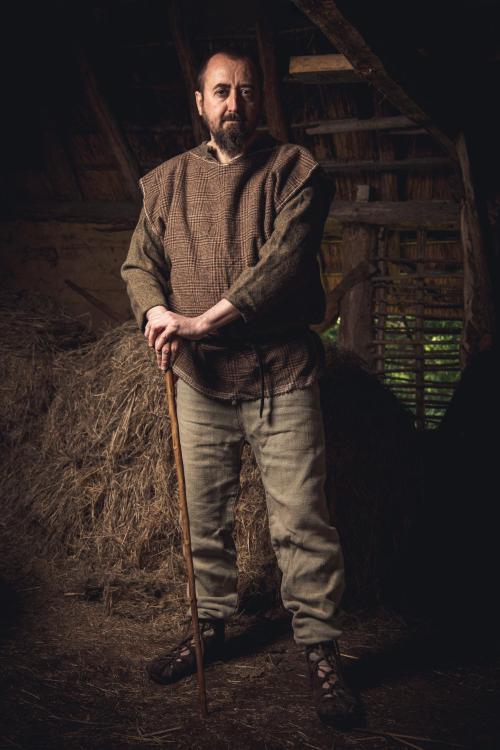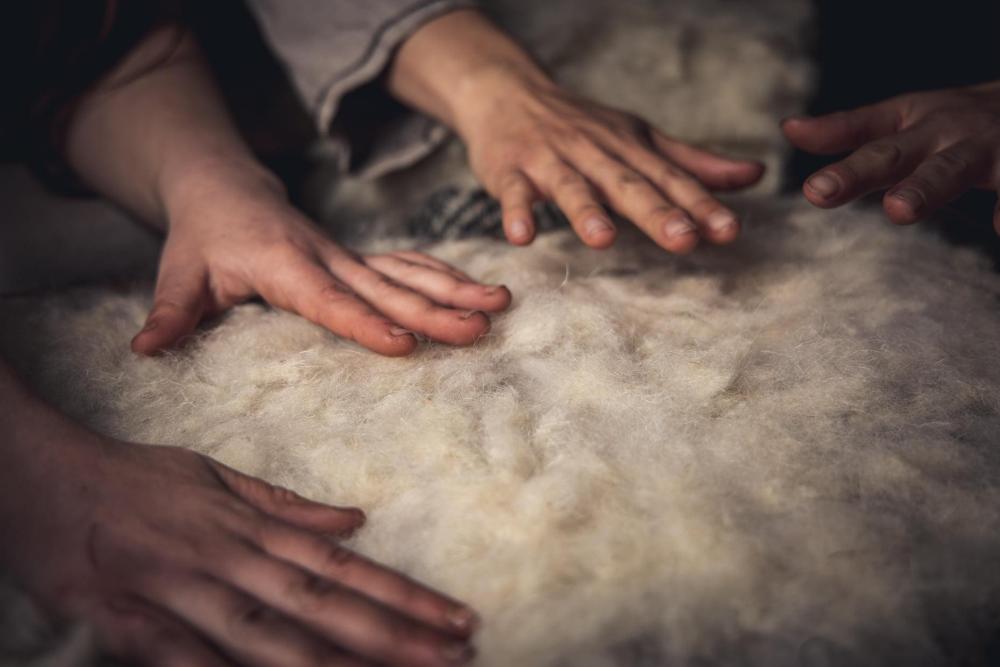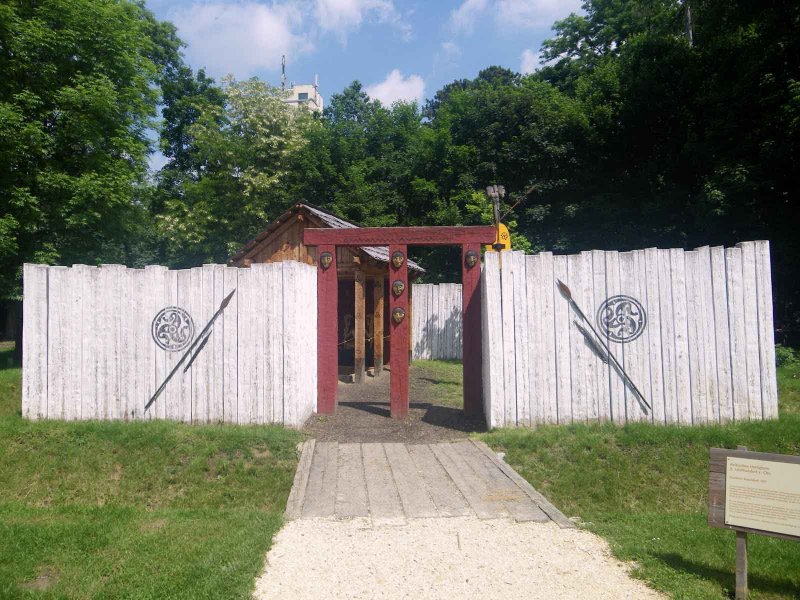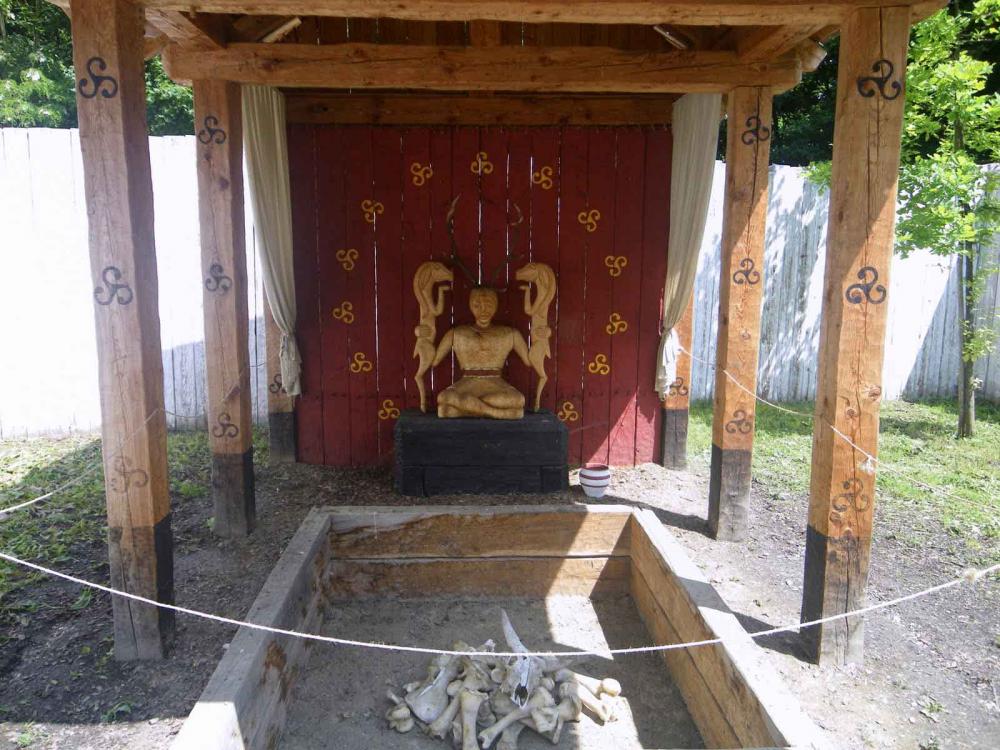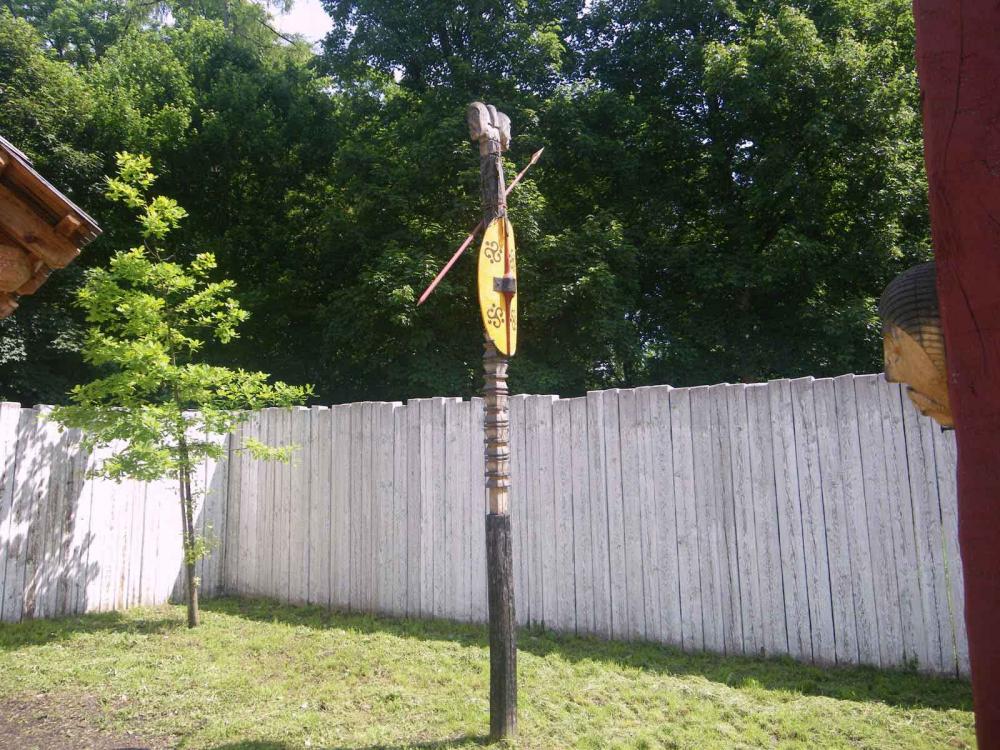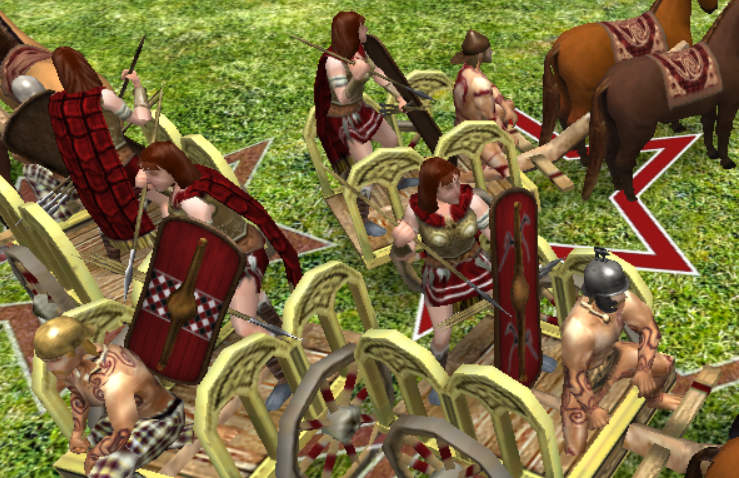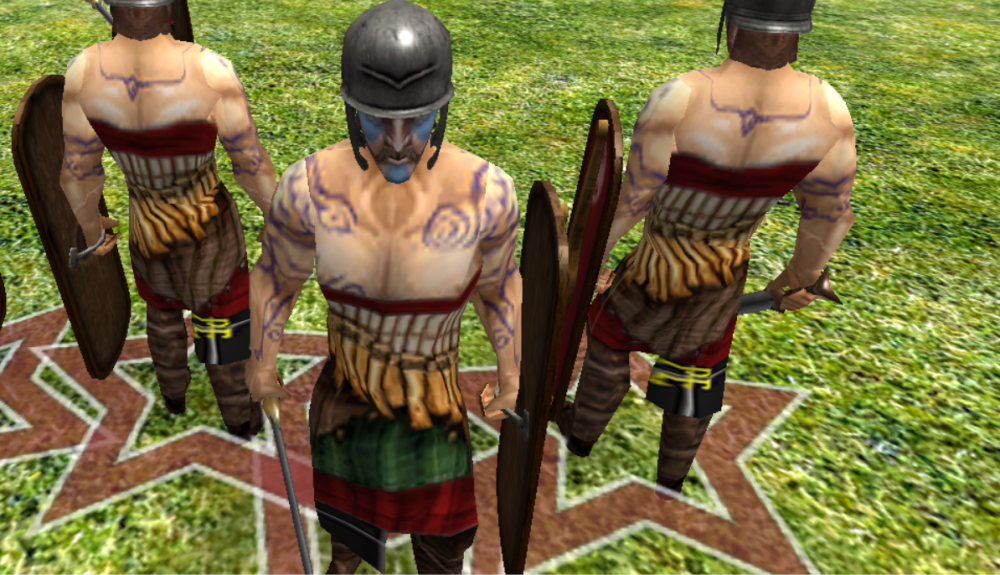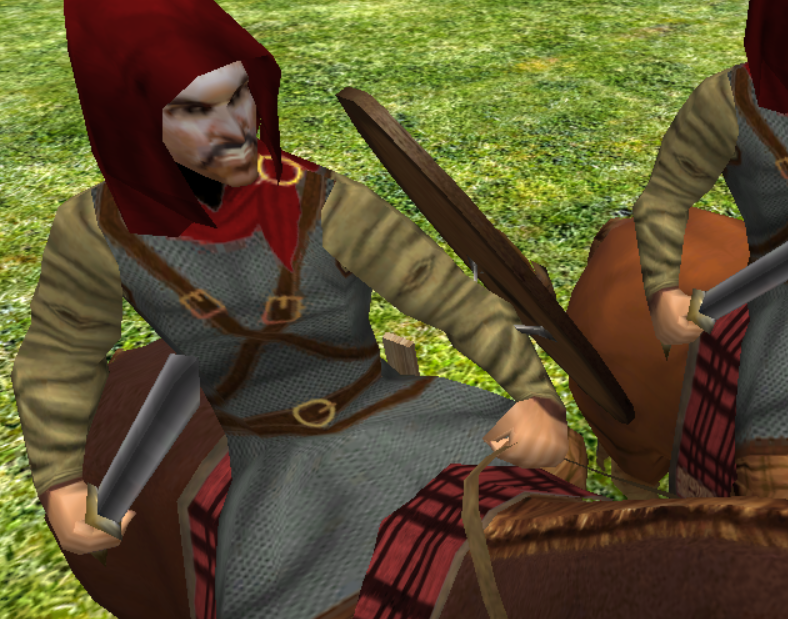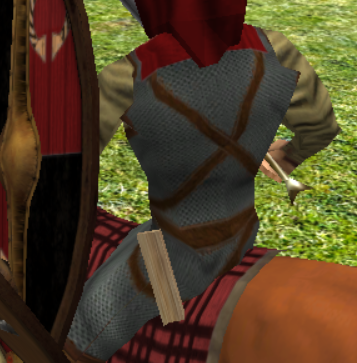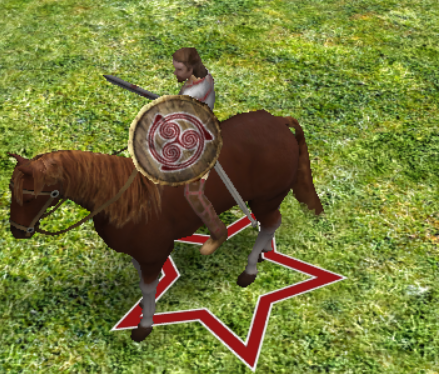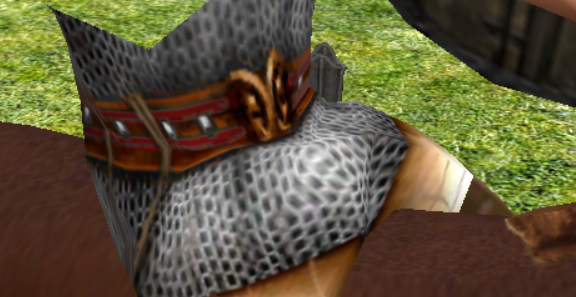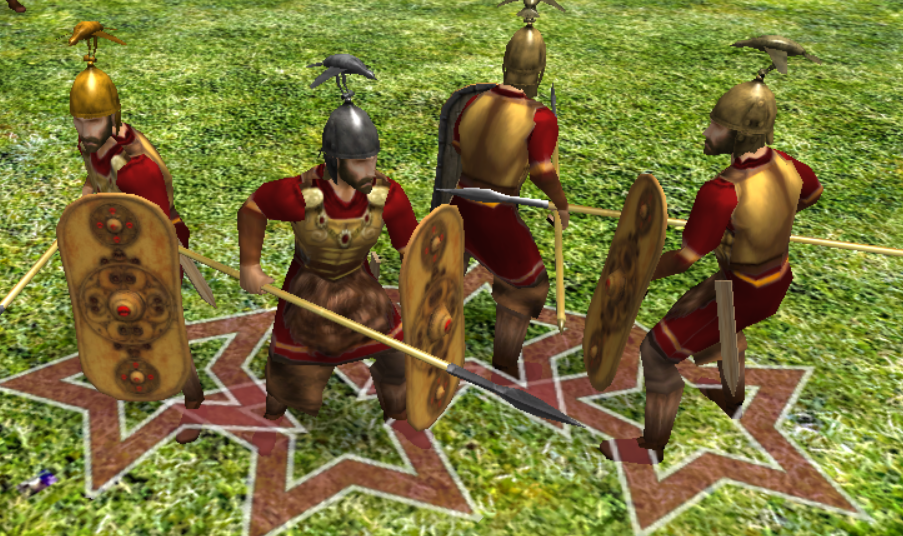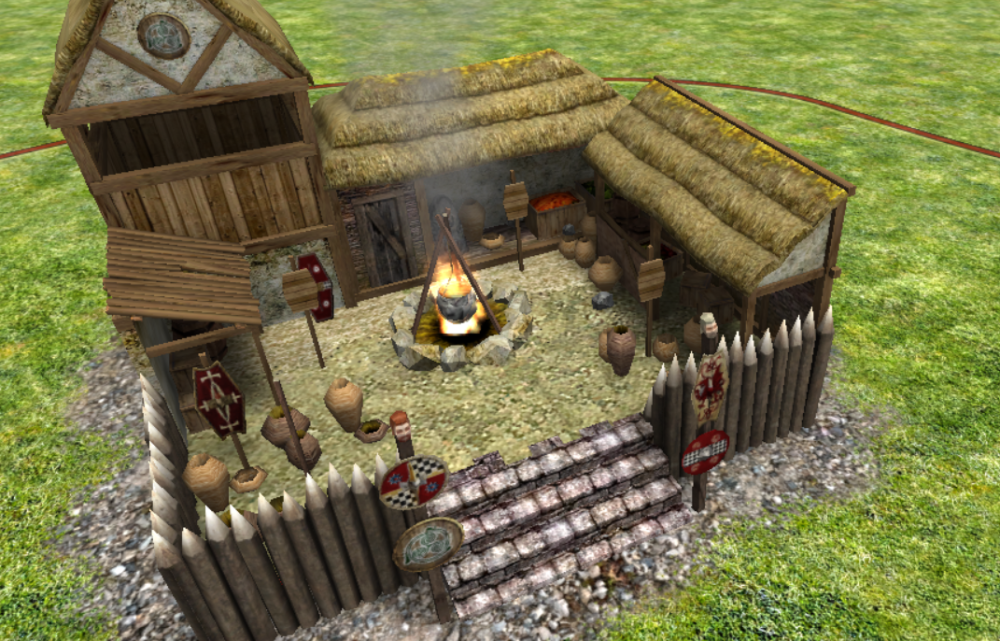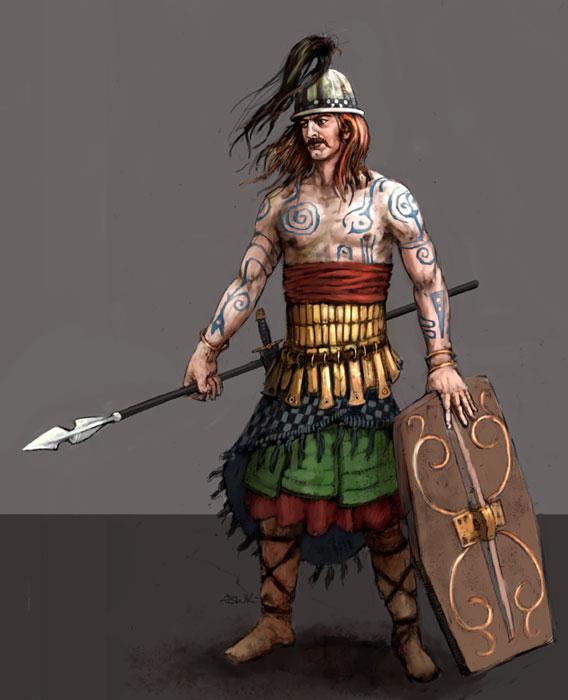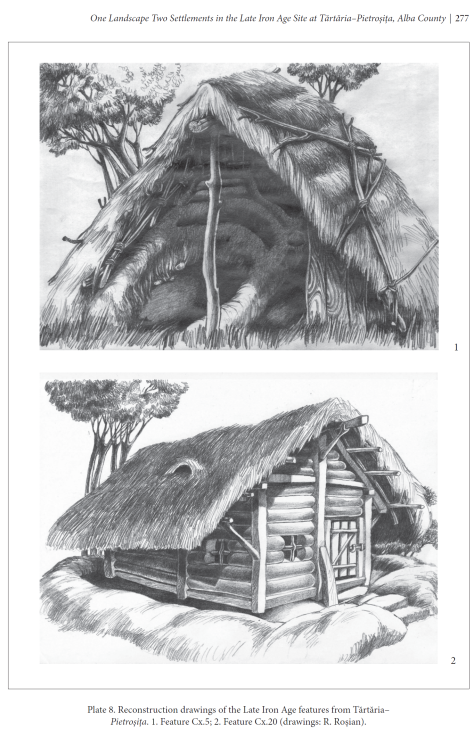-
Posts
2.379 -
Joined
-
Last visited
-
Days Won
80
Everything posted by Genava55
-
Pictish stuff (Late antiquity and early medieval): https://cdn-animation.artstation.com/p/video_sources/000/177/093/torr-alvie-viewport.mp4 https://bobmarshall.artstation.com/projects/Poqw8n
- 264 replies
-
- 1
-

-
- britons
- east celtic
-
(and 2 more)
Tagged with:
-
.thumb.jpg.b21ca1d0c15fb56b42c39b25a0a40815.jpg)
Civ: Germans (Cimbri, Suebians, Goths)
Genava55 replied to wowgetoffyourcellphone's topic in Delenda Est
An article you can read with google translate: https://books.openedition.org/pcjb/330 -
.thumb.jpg.b21ca1d0c15fb56b42c39b25a0a40815.jpg)
Civ: Germans (Cimbri, Suebians, Goths)
Genava55 replied to wowgetoffyourcellphone's topic in Delenda Est
Well, it is unlikely that a sacred grove would be simply a bunch of trees. More probably there were clearings, enclosed area, altars etc. In some cases, the sacred grove are gathering places, able to hold at least 1000 persons. You wouldn't be able to hold a council of 1000 persons in a natural forest. A real natural forest is much different than from the modern perspective, with a lot of felled trees on the ground. There must have been some layouts. I am not against the inclusion of sacred groves, I simply want to highlight the misconceptions linked to them. -
.thumb.jpg.b21ca1d0c15fb56b42c39b25a0a40815.jpg)
Civ: Germans (Cimbri, Suebians, Goths)
Genava55 replied to wowgetoffyourcellphone's topic in Delenda Est
The idea could be innovative but I would like to point out some minor issues: - Firstly, sacred groves are common among multiple cultures, including the Romans and the Greeks. It can be garden like or wild like area. A Greek temple requires a Temenos and it is simply an area dedicated to the gods, it can be constructed or natural. Plato teach to his students in the public garden of Athens which is a sacred grove. Philip V attacked Pergamon and ordered his men to cut down the trees in the sanctuary of Athena Nikephoros to humiliate the city and proving they lost the protection of the gods. The Romans have the concept of Lucus and it was common in any area of the Roman republic or of the Roman empire, it is also a sacred grove, generally like a garden or a field. It can be pretty large like the Lucus of Lacinian Juno, enclosed by dense woods and with pastures inside. Apollo was revered as the god of woodlands at Kourion (Chypre) and the accounts from the Roman empire era suggest that the sacred grove dedicated to the god was filled with wild-animals. - Secondly, I think it could further deceive people in making them believing the 'barbarians' were following a naturalistic or primitive religion, without constructed temples or shrines. It depends how you would portray the sacred grove and if the civs can still build proper temples. - Thirdly, the archaeological record is pretty thin on the matter of sacred grove. The evidences are mostly related to locations and places where there is water. A bog, a river, a lake, a well etc. We know that water is particularly important for domestic religion too during the iron age. -
-
Reenactment of decorated organic cuirasses Celtic art: Pages de Archaeology_of_Celtic_Art.pdf
- 264 replies
-
- 1
-

-
- britons
- east celtic
-
(and 2 more)
Tagged with:
-
- 264 replies
-
- 3
-

-

-
- britons
- east celtic
-
(and 2 more)
Tagged with:
-
https://www.facebook.com/story.php?story_fbid=144555277660492&id=100063180612630 Produced on the Arebona archaeological center with Les Ambiani, historical reenactment group, this album depicts the traditional and military life of a Celtic tribe, belonging to the Ambian people, in the first century BC. The Ambiens, who left their name to the city of Amiens and its region, were a Celtic people of Gaul Belgium who occupied the Samara valley (the Somme river in Celtic language), from the lower area of the river to its mouth. Far from the clichés that often describe them as savage and bloodthirsty barbarians, the Celts were, on the contrary, a learned, refined people with a culture close to nature and master of a high quality craft.
- 264 replies
-
- britons
- east celtic
-
(and 2 more)
Tagged with:
-
Much better. The fibula with the lambda is a bit odd but that's a minor issue and a great improvement The ditches are unnecessary. In fact, most sanctuaries simply follow the concept of an enclosed perimeter, many have ditches but not all have it. Well, there are some examples there: Wooden statues and other wooden figures, weapon trophies, small shrines... I am pretty sure that something like Roseldorf's experiment would be obvious to the players: A chainmail would be more accurate or even unarmored but with beautiful clothes. The site of La Tène with its dozen of swords, shields etc. is also a votive offering. Votive doesn't mean non-functional. The old school interpretation of nonfunctional and ceremonial weapons isn't favored anymore. First of all because we are finding more and more decorated items with visible marks of use. https://news.artnet.com/art-world/celtic-shield-warrior-grave-1725090
-
Boudicca has a bronze girl-chested armor which is both fantasy and inaccurate: Caratacos has the weird belt from its concept art, which is conan the barbarian -like stuff: http://images.gamedev.net/columns/spotlight/0AD/big02.jpg http://images.gamedev.net/columns/spotlight/0AD/big02.jpg Cunobelin is less problematic but he has weird leather straps (purely decorative) over the body and with buckles (belt buckles are actually something the Romans popularized, the Celts used belt hooks and rings), there is also a Roman fibula on the shoulder (the penannular fibula appeared during the Roman empire) and the wooden scabbard that should be in metal and on the other side: Vercingetorix still has a round shield (which isn't accurate), the scabbard on the wrong side and a weird belt: Viridomarus uses the Battersea shield (which has been found in UK), a bronze fantasy cuirass, a weird animal pelt and the same problematic wooden scabbard: Finally the temple... isn't really looking like a temple: Honestly, you could use it for anything else and you wouldn't see the issue. There is nothing telling you it is a temple or any building with a religious function. This could be a storehouse, barracks, a noble house, a military camp etc. The building isn't bad, except for the round shields, but it is super generic and unspecific.
-
.thumb.jpg.b21ca1d0c15fb56b42c39b25a0a40815.jpg)
The Big Eyecandy Progress List
Genava55 replied to idanwin's topic in Eyecandy, custom projects and misc.
-
.thumb.jpg.b21ca1d0c15fb56b42c39b25a0a40815.jpg)
===[TASK]=== Crowd Sourced - Thracians (Faction)
Genava55 replied to Cleo's topic in Game Modification
-
If you think this way, I don't see the point to wait. Close it. There will be always one guy coming over and starting to be insulting/offensive. Even if you are 10 people debating in good faith, there is always someone coming over to troll or to release his rage and frustration. Either you consider the topic as being the problem or you consider it is the guy. Edit: to illustrate the issue, how do you deal with this:
-
But is it really possible to get what Marx wanted without having it transformed into a corrupted and authoritarian state? Pardon my rhetorical question, but all the political party actually referring to marxism have the tendency to derive into authoritarian governments, limiting free speech and democratic rights. I am not against social protection and such things. But the whole anti-capitalist rhetoric, I cannot understand it nor approve it.
-
By marxism you mean centralized state capitalism? I always thought that Chernobyl and the Aral Sea were enough to remember that marxism isn't better for the environment.
-
In 2021, you should have noticed by now that you don't need a doomsday scenario to have a huge socio-economical problem. Is COVID a threat to the very existence of humanity? No. Just like the Spanish flu or any other pandemic, humanity has never been threatened by those. But still, pandemics are huge issues that have enormous impact on our lives. Climate change doesn't need to be a doomsday scenario to be a threat to our society and our lifestyle.

